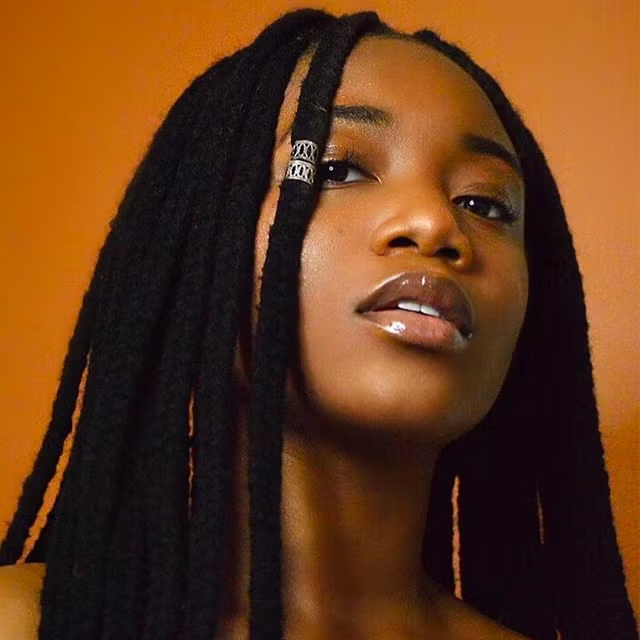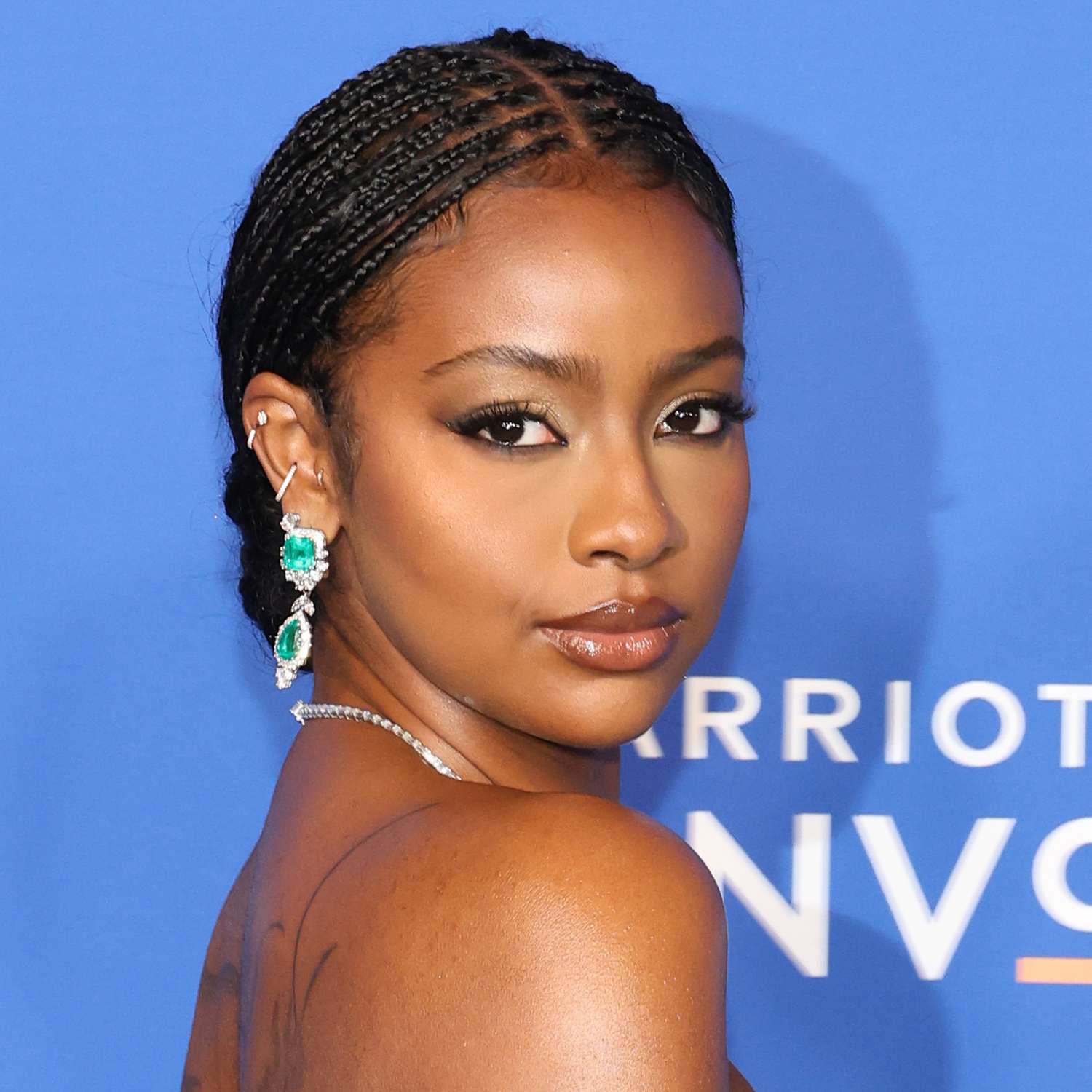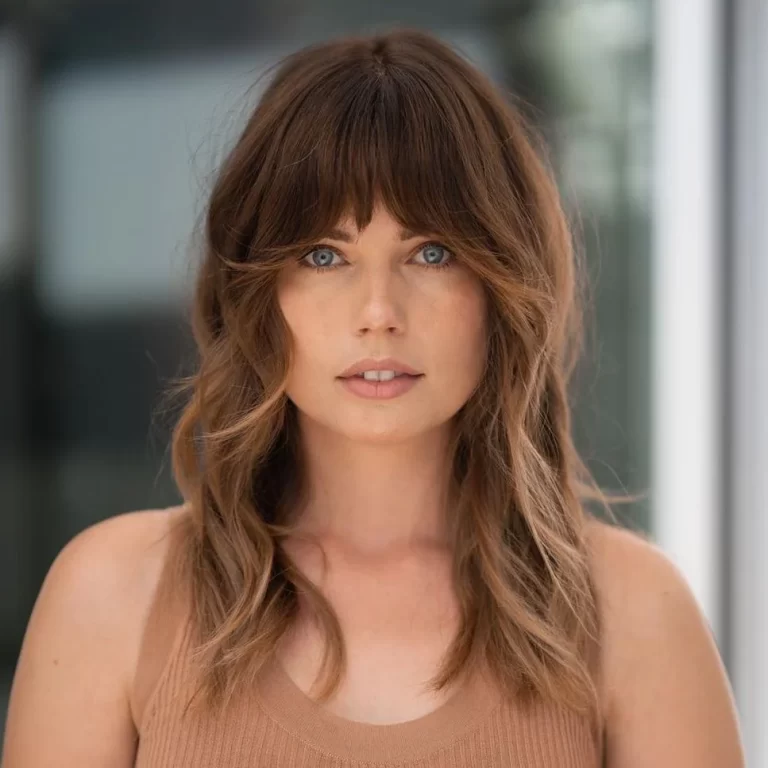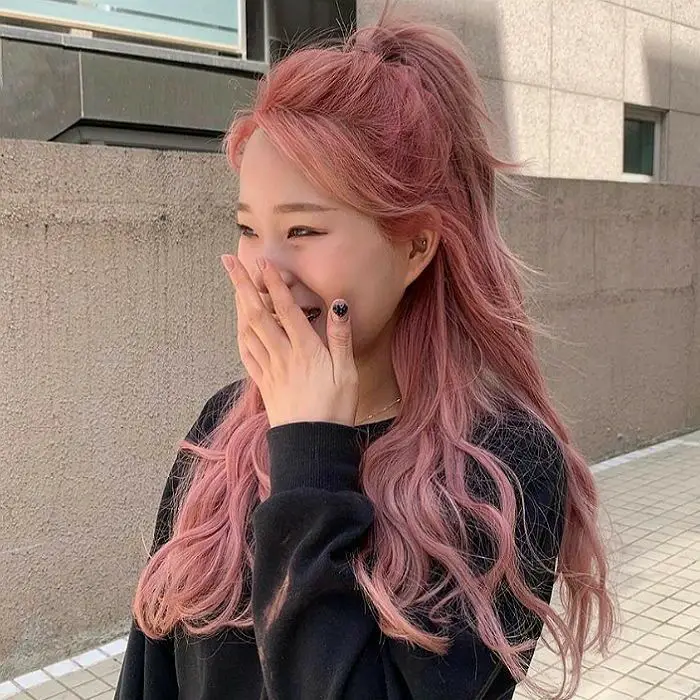
Braiding Hairstyle : A Comprehensive Guide to Mastering the Craft
The Art of Braiding: A Comprehensive Guide to Mastering the Craft
Braiding, a timeless and versatile hairstyle, has captivated cultures worldwide for centuries. From the intricate plaits of ancient Egypt to the elaborate cornrows of modern Africa, braiding has evolved into a form of artistic expression, cultural identity, and practical styling. This comprehensive guide delves into the history, techniques, and evolution of braiding, empowering you to explore the endless possibilities of this iconic hairstyle.
The Beauty and Versatility of Braided Hairstyles
Braiding is more than just a practical way to style hair; it is a form of self-expression that can transform one’s appearance and mood. The art of braiding allows individuals to experiment with different textures, patterns, and placements, creating a unique and personalized look. Whether you’re seeking a sophisticated updo for a formal event or a carefree, bohemian style for a music festival, braided hairstyles offer endless possibilities.
Braiding not only enhances the aesthetic appeal of one’s hair but also serves functional purposes. Braids can help manage long or unruly tresses, protect hair from environmental damage, and even promote hair growth by reducing strain on the scalp. Moreover, the versatility of braiding allows individuals to transition their styles from day to night, seamlessly adapting to different occasions and personal preferences.
A Journey Through Time: The History of Braiding
Braiding’s history stretches back to the dawn of civilization, woven into the very fabric of human culture. Early civilizations, recognizing the practicality and beauty of braiding, incorporated it into their daily lives and rituals.
In ancient Egypt, intricate braids adorned the heads of both men and women, symbolizing social status and religious beliefs. The Egyptians mastered the art of braiding, creating elaborate styles with beads, gold, and precious stones. These intricate braids served not only as adornment but also as a way to manage long, thick hair, keeping it out of the way and protecting it from the harsh desert sun.
Across the globe, cultures embraced braiding for its versatility and practicality. In ancient Greece, women wore braided hairstyles adorned with flowers and ribbons, expressing their femininity and elegance. Meanwhile, in Africa, braiding evolved into a complex and sophisticated art form, with intricate patterns and designs that conveyed tribal affiliation, social status, and personal identity. These braids, often adorned with beads, shells, and other embellishments, served as a form of nonverbal communication, conveying messages and stories that transcended words.
From Tradition to Trend: Braiding in the Modern Era
The 20th and 21st centuries witnessed a resurgence of braiding, moving beyond its traditional roots and embracing a wider range of styles and applications. From the iconic cornrows of the 1970s and 80s, popularized by African American culture, to the French braids and Dutch braids that became mainstream fashion staples, braiding has evolved into a versatile and adaptable hairstyle that transcends cultural boundaries.
The rise of celebrity culture has also played a significant role in popularizing braiding, with stars like Beyoncé, Rihanna, and Zendaya rocking elaborate braids on red carpets and in music videos. This trend has further propelled the evolution of braiding, inspiring countless variations and adaptations, from intricate fishtail braids to bohemian braids adorned with flowers and feathers.
Exploring the Diverse World of Braiding Styles
Braiding encompasses a vast and diverse world of styles, each with its unique characteristics, techniques, and aesthetics. From simple and classic to intricate and elaborate, there’s a braid style for every taste and occasion.
Classic Braids:
- French braid: This timeless style involves weaving three strands of hair together, gradually incorporating more strands as you move down the hair. The result is a sleek and elegant braid that can be worn straight or slightly wavy.
- Dutch braid: Similar to the French braid, the Dutch braid involves weaving three strands of hair together, but instead of crossing the strands over each other, you weave them under each other. This creates a raised, three-dimensional braid that adds volume and texture to the hair.
- Fishtail braid: A romantic and intricate style, the fishtail braid involves weaving two strands of hair, picking up small sections of hair from each side and crossing them over each other. The result is a delicate, woven braid that adds a touch of bohemian elegance to any hairstyle.
Modern Braids:
- Cornrows: This traditional African hairstyle involves braiding hair close to the scalp, creating rows of tightly woven braids. Cornrows can be worn straight, curved, or in intricate patterns, offering endless possibilities for personalization and self-expression.
- Box braids: A popular and versatile style, box braids involve dividing the hair into squares and braiding each section with extensions. Box braids can be worn long or short, thick or thin, and can be styled in countless ways, from simple and sleek to elaborate and adorned.
- Faux locs: This trendy style involves creating locs without using braiding or twisting techniques. Instead, hair is wrapped around a synthetic cord or yarn, creating a realistic loc look without the commitment of traditional locs. Faux locs offer a low-maintenance alternative to locs and allow for endless styling options.
Mastering the Art of Braiding: Techniques and Tips
Braiding can be a rewarding and enjoyable experience, allowing you to create stunning hairstyles and express your creativity. While some styles may seem daunting at first, with practice and patience, you can master the art of braiding and unlock a world of possibilities.
Essential Braiding Tools:
- Comb: A comb with fine teeth is essential for detangling hair and creating neat sections.
- Brush: A paddle brush helps to smooth out hair before braiding, ensuring a smooth and polished finish.
- Hair ties: Elastic hair ties are essential for securing braids and keeping them in place.
- Spray bottle: A spray bottle filled with water helps to keep hair damp and manageable during the braiding process.
- Hairspray: Hairspray can help to hold braids in place and prevent frizz.
Basic Braiding Techniques:
- Sectioning: Before braiding, divide your hair into sections using a comb or clip to ensure neat and even braids.
- Tension: Maintain consistent tension throughout the braiding process to create tight and durable braids.
- Crossing: For French and Dutch braids, practice crossing the strands over or under each other with precision.
- Adding hair: As you braid, gradually add small sections of hair from the sides to incorporate more hair into the braid.
- Finishing: Once you reach the end of the braid, secure it with a hair tie or tie a knot to prevent unraveling.
Tips for Successful Braiding:
- Detangle your hair thoroughly before braiding to prevent knots and tangles.
- Work with clean and conditioned hair for smoother braiding.
- Use a hair oil or serum to tame frizz and add shine to braids.
- Practice patience and take your time to create neat and even braids.
- Don’t be afraid to experiment and try different braiding techniques to discover your favorite styles.
Braiding Beyond Beauty: Exploring the Cultural Significance
Braiding has a profound cultural significance, transcending mere aesthetics and serving as a powerful symbol of identity, tradition, and community.
In African cultures, braiding has been practiced for centuries, holding deep historical and cultural meaning. Intricate braids, often adorned with beads, shells, and other embellishments. Serve as a form of nonverbal communication, conveying tribal affiliation, social status, and personal identity. Braiding rituals and traditions are passed down through generations, connecting individuals to their ancestors and their cultural heritage.
Beyond Africa, braiding holds cultural significance in various societies around the world. In the Caribbean, braiding is deeply intertwined with African ancestry, serving as a celebration of resilience and cultural pride. In South America, indigenous communities use braiding as a form of adornment and social signaling, with intricate designs and colors reflecting their unique traditions and beliefs.
Braiding for Everyone: A Versatile and Inclusive Hairstyle
Braiding has become increasingly popular in recent years, breaking down barriers and embracing diversity. From natural hair textures to extensions and weaves. Braiding offers a versatile and inclusive hairstyle that caters to all hair types and preferences.
The beauty of braiding lies in its ability to enhance natural beauty, showcase individuality, and create stunning and transformative looks. Additionally, whether you’re seeking a simple and everyday style or an elaborate and statement-making look for a special occasion. Braiding offers endless possibilities for creative expression and self-discovery.
As braiding continues to evolve and adapt, it remains a powerful symbol of cultural diversity, personal style, and artistic expression. By mastering the art of braiding, you can unlock a world of possibilities, embracing a timeless tradition and expressing your unique individuality through the intricate beauty of this iconic hairstyle.





